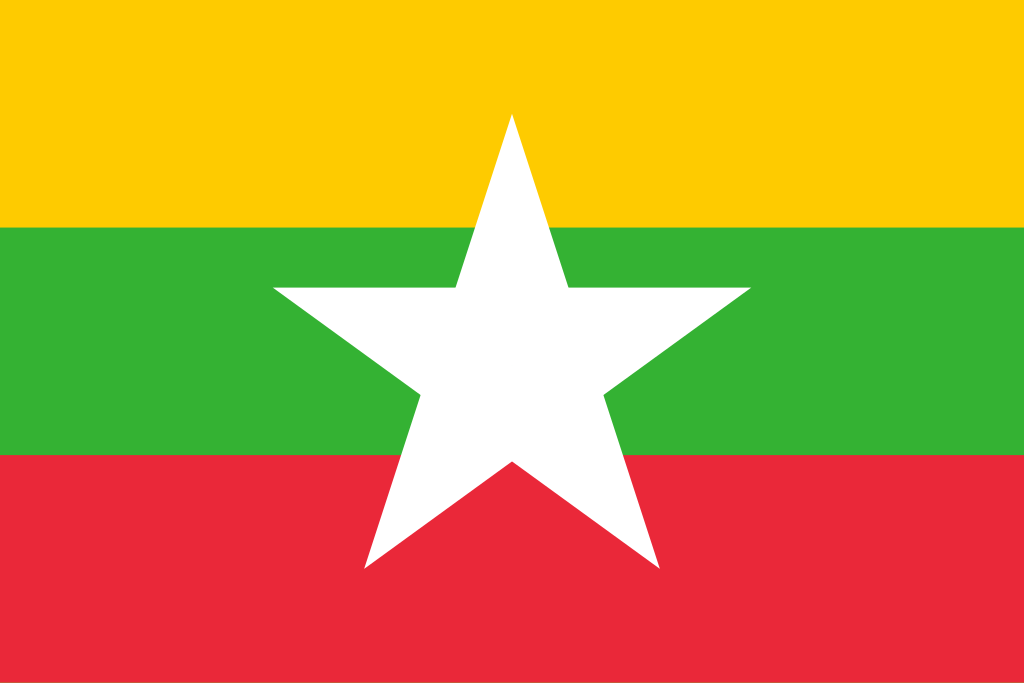5 Translation Errors That Have Marked Our Lives
Translation errors can have dire consequences. While there are many amusing film translation mistakes, today, we will focus on translation errors that have influenced history—some with humor, others with serious consequences. It is estimated that there are around 7,000 languages worldwide. Although 90% of them are spoken by fewer than 100,000 people, and 2,500 are endangered, this linguistic diversity highlights human communication’s complexity. But with so many languages, mistranslations can lead to serious misunderstandings. History is full of translation errors that had unexpected and sometimes disastrous results. Here are five of the most impactful mistranslations in history. 1. Alien Life on Mars? In the late 19th century, Italian astronomer Giovanni Schiaparelli described the surface of Mars as having “Canali.” The Mistranslation 🔹 In Italian, “Canali” means “channels”, which can refer to both natural and artificial formations.🔹 However, American astronomer Percival Lowell mistranslated it as “artificial canals”, leading to the conclusion that intelligent life on Mars built them. The Impact This mistranslation sparked a widespread belief that there were civilizations on Mars, influencing science fiction, literature, and public imagination for decades. 2. The Undertaker Buried During the Cold War, Soviet leader Nikita Khrushchev gave a speech in Poland, addressing Western ambassadors. The Mistranslation 🔹 Khrushchev’s statement “Мы вас похороним” was translated as “We will bury you!”🔹 However, in context, Khrushchev meant “We will outlast you”, not a literal threat. The Impact This mistranslation intensified tensions between the Soviet Union and the West, increasing Cold War hostilities and fueling anti-Soviet sentiment in the U.S.. 3. Sexual Desire for Poland? In the 1970s, U.S. President Jimmy Carter traveled to Poland, a communist country at the time. The Mistranslation 🔹 Carter’s translator misinterpreted his speech, leading to embarrassing errors.🔹 Instead of saying he was happy to visit Poland, the translator made it sound like he desired Poland sexually.🔹 He also mistakenly translated another phrase as “I left America never to return.” The Impact This diplomatic blunder caused confusion and embarrassment, highlighting the importance of skilled interpreters in international relations. 4. Do We Despise It? During World War II, the Potsdam Declaration outlined the conditions for Japan’s surrender. It warned that if Japan did not surrender, it would face “prompt and utter destruction.” The Mistranslation 🔹 Japanese Prime Minister Kantaro Suzuki responded with “Mokusatsu”, which can mean either: The Impact 🔹 This mistranslation led to Hiroshima and Nagasaki’s bombing, causing one of history’s most devastating war tragedies.🔹 It remains one of the most catastrophic translation mistakes ever. 5. The Treaty of Waitangi In 1840, the Maori of New Zealand signed the Treaty of Waitangi with the British Crown. The Mistranslation 🔹 Two versions of the treaty were created: The Impact 🔹 The misinterpretation led to years of legal battles and disputes over Maori land and sovereignty.🔹 Even today, the Treaty of Waitangi is a source of political and social debate in New Zealand. How Important Is Accurate Translation? These five translation mistakes prove that language errors can alter history, spark conflicts, and even cause war. Whether in diplomacy, law, business, or daily communication, a single mistranslation can have serious consequences. This is why professional human translation is essential—ensuring that messages retain their intended meaning across different languages and cultures. Do you know of other translation mistakes that had major consequences? Share your thoughts!















